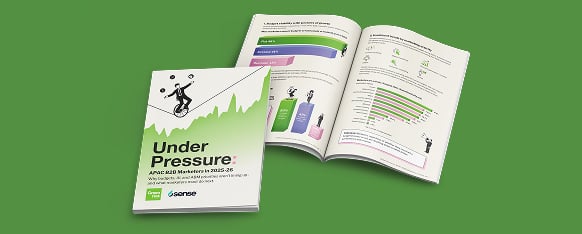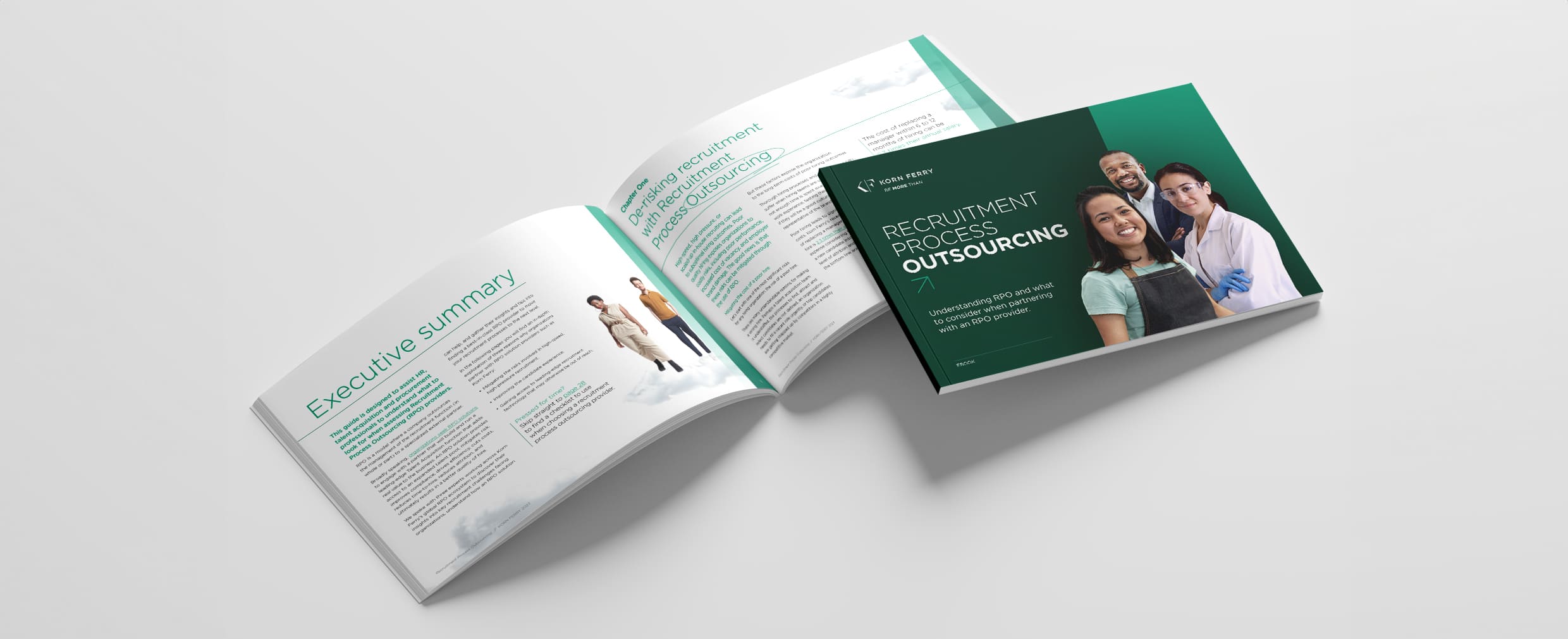Big data is all the rage, but are you using it constructively to fuel your marketing?
As we head into the final quarter of FY17, marketing and sales teams across Australia are focusing on reaching their targets and setting themselves up for success in the new financial year.
One big thing changing the mad scramble is the advent of big data. We’re only in the infancy of the data age, but even now, we can harness insights readily available and utilise cutting edge platforms to understand and market to our customers like never before.
Are you tapping the tank or the dam?
So, what data are you working with? Is it just first-party data – those customers in your existing database who may have purchased from you or downloaded something from your website in the past?
In today’s competitive marketplace, you need to go deeper and wider. It’s essential to supplement your own data with as much relevant third party data as possible. Always give your data context in the bigger picture, to glean important information about your customers you wouldn’t otherwise know.
For example, just looking at a customer’s various social media profile may provide you with additional business connections, give you an insight into their interests, or provide you with even more personal information you can then leverage to fine-tune your pitch or offer to them.
Related: Seven risks of poor data hygiene
How should you use your data?
Having access to all of this data is one thing. Making use of it is another.
Today, there are countless tools that sift through the copious amounts of data available to you, to help identify trends and interesting blips you should care about. But then what can you do with it?
Build better personas: The more you know about your customers the more detailed a picture you can paint. This feeds into all other marketing and sales efforts – what type of content to create, what messaging triggers them to act, what channels or influencers they respond to most?
Segment your database: Dig into the data to find key themes and identifiers that let you to break down your database into more targeted segments. Gather data from additional sources, like social media, that helps you fill in the gaps to understand buyer scenarios.
Feed into automation: Integrate a robust marketing automation platform with your CRM and start filling your funnel. Smart insights combined with the scaling power of automation drives acquisition, engagement and retention.
Create content: Use what you’ve learned – and learn each day – to build high-value content for your audiences. Customer buying patterns, preferences, media consumption and social media engagement offer critical clues about personalising and targeting content to get the outcome you want.
Measure success: Use data to determine what success looks like for each marketing activity, and overall as a holistic plan. Are you measuring open rates of emails? Tweets of your content? Forms filled out?
And don’t forget the other end of the customer journey. How many customers are buying from you multiple times? Are they referring you to their network? What is the social media sentiment and complaint rate around your products or services? Define what you’re shooting for then measure that dashboard devoutly.
Marketing automation and machine learning are on the rise worldwide. But your CRM or automation is only ever as good as the data it’s fed.

 Digital
Digital





